HOW TO STOP WOODPECKERS FROM DAMAGING YOUR HOME
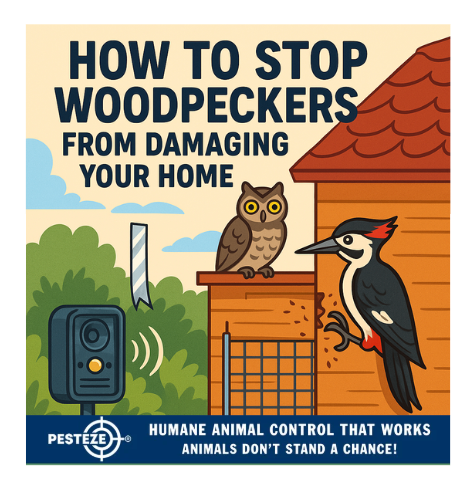


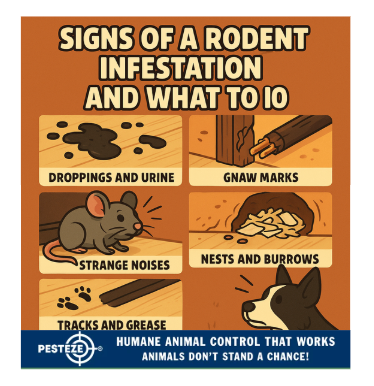
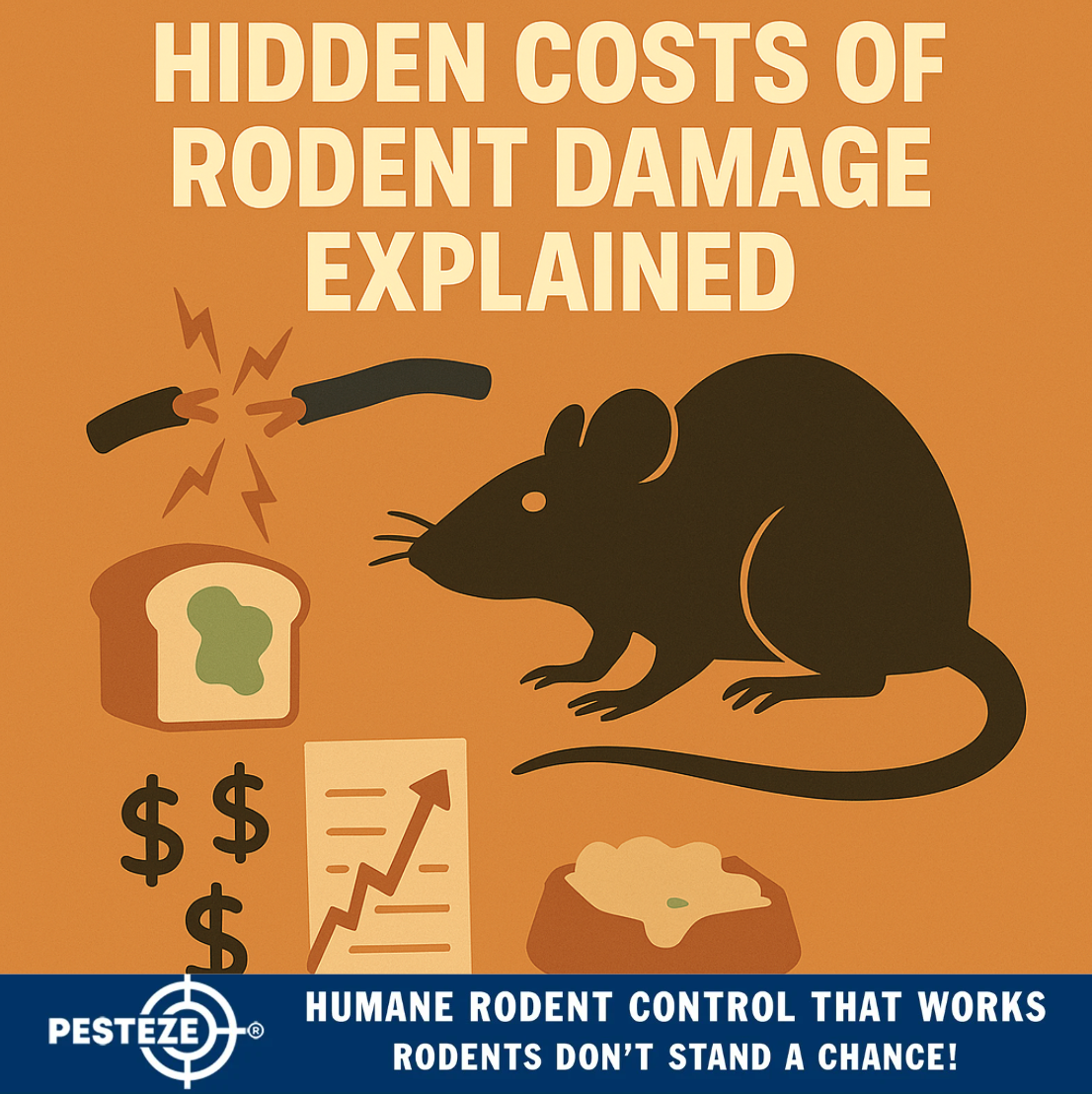


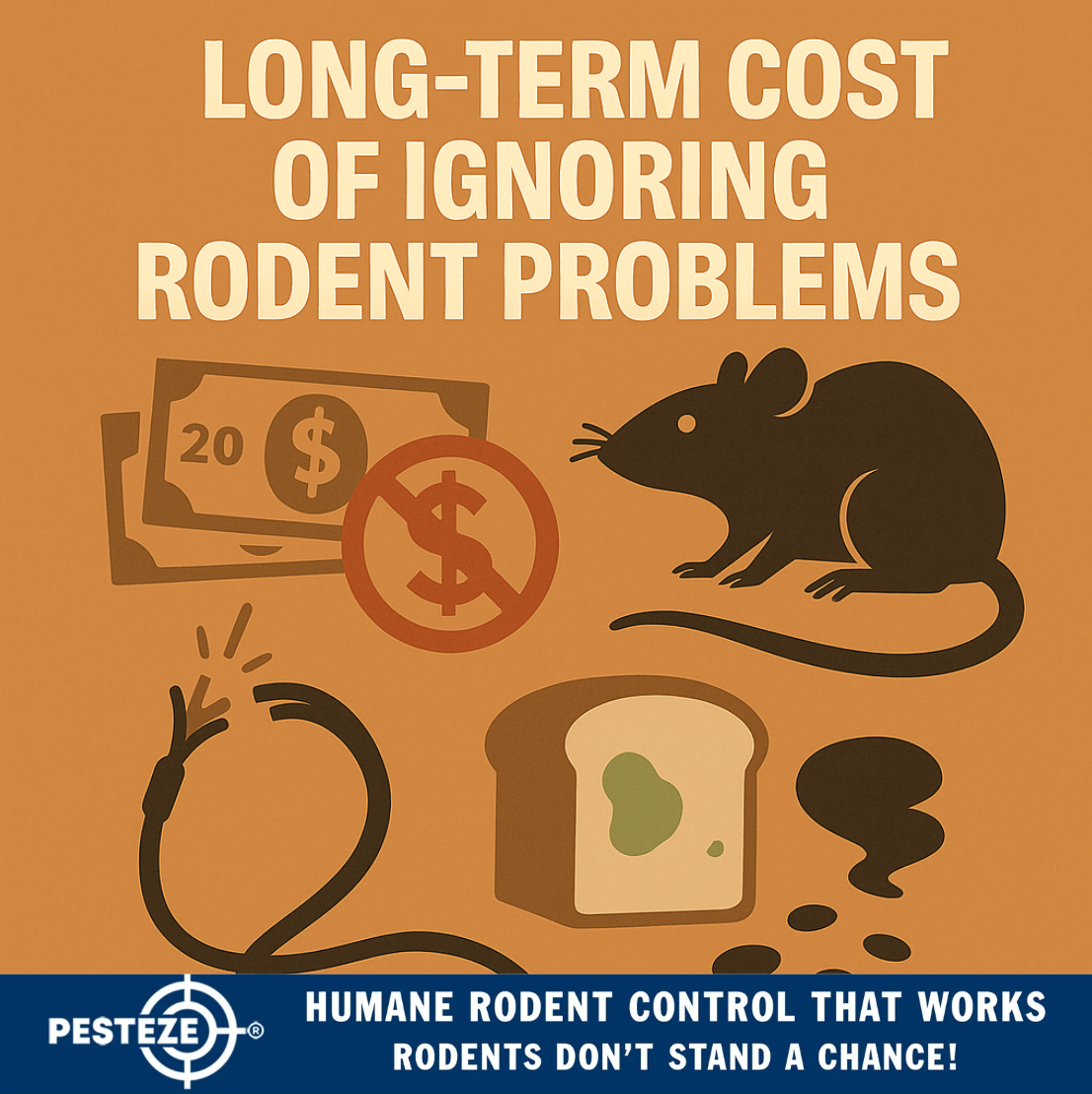


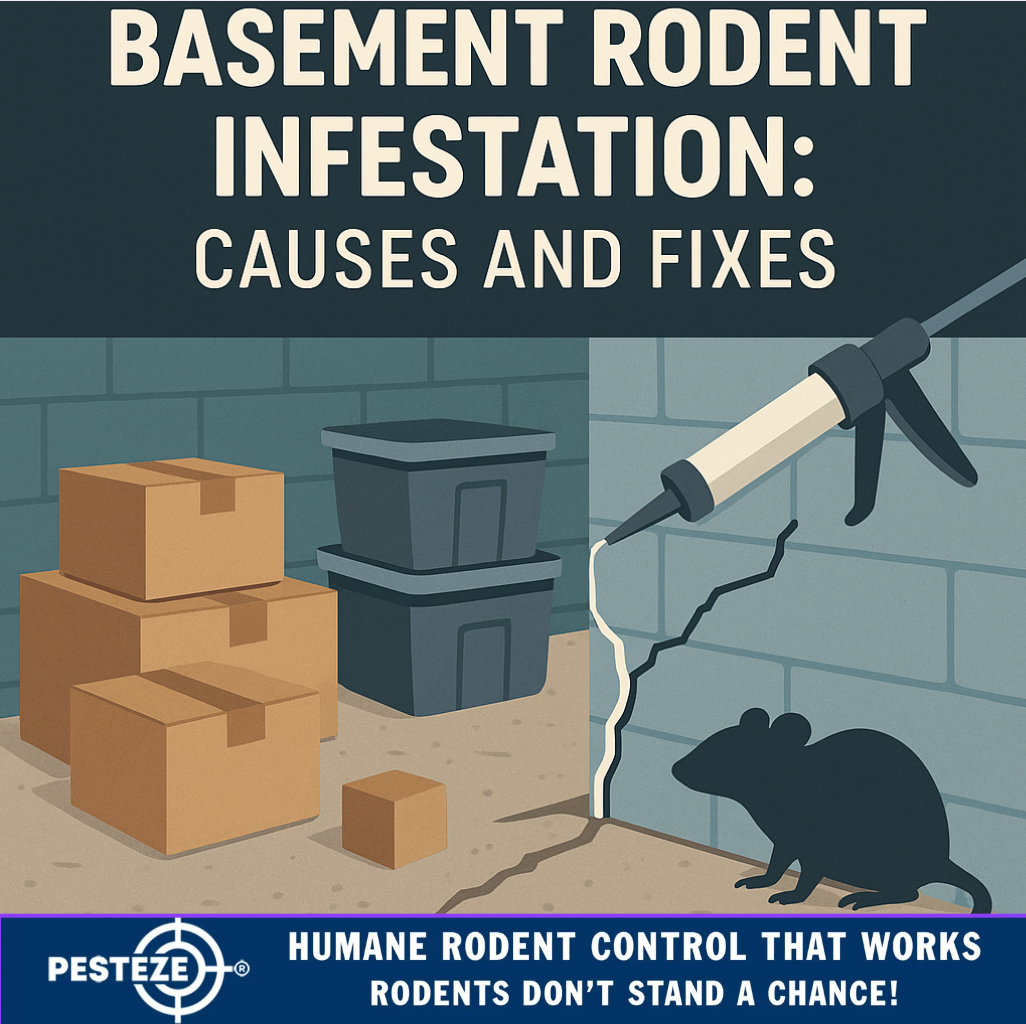
HOW TO STOP WOODPECKERS FROM DAMAGING YOUR HOME
SUMMARY
Woodpeckers can cause serious damage to siding, roofing, and wooden structures while searching for food or creating nesting sites. This guide explains humane methods to deter woodpeckers and protect your home.
FEATURES
-
Identify causes: Learn why woodpeckers target your home.
-
Use visual deterrents: Reflective tape, mirrors, and decoys discourage pecking.
-
Apply sound deterrents: Predator calls or noise devices can drive them away.
-
Install protective coverings: Mesh, netting, or metal barriers shield wood.
-
Repair damage quickly: Seal holes to prevent insects and nesting.
-
Seek professional help: Wildlife experts offer safe long-term solutions.
GUIDE DESCRIPTION
Woodpeckers are fascinating birds, but when they choose your home as their pecking ground, they can cause costly damage. They drill holes into wood to find insects, establish territory, or create nesting spots. Understanding how to stop woodpeckers from damaging your home is key to preventing further harm while treating the birds humanely.
The first step is to identify the cause of their activity. If insects are infesting your siding or roofing, woodpeckers may be pecking to feed. In this case, addressing the insect problem is essential. In other situations, the birds may simply be drumming to communicate or establish territory.
One of the most effective strategies is to use visual deterrents. Reflective tape, aluminum foil, CDs, or holographic streamers can be hung near pecking sites to scare birds away. Plastic predator decoys such as owls or hawks also work, though they should be moved frequently to remain effective.
Sound deterrents can add another layer of protection. Devices that emit predator calls, ultrasonic waves, or even wind chimes can make the area less attractive to woodpeckers. Rotating different sounds is important, as birds can adapt if the noise becomes predictable.
For areas already being damaged, consider installing protective coverings. Hardware cloth, bird netting, or metal flashing can be placed over vulnerable siding or roofing. These barriers physically block woodpeckers from accessing surfaces they want to peck.
It’s also crucial to repair damage quickly. Unsealed holes can attract insects, which in turn draw more woodpeckers. Fill gaps with caulk or wood filler and repaint to restore the surface.
If deterrents and DIY methods aren’t enough, it may be time to seek professional help. Wildlife control experts can assess the situation, provide tailored solutions, and ensure compliance with bird protection laws, as woodpeckers are protected species in many regions.
By combining deterrents, repairs, and professional support when necessary, you can protect your home from woodpecker damage while respecting these unique birds.
- Saneeth Thota


Comments 0